
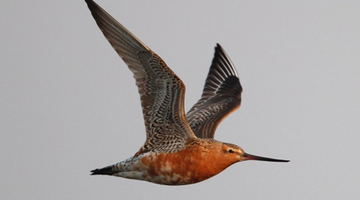
Have you ever wanted to fly? To soar above valleys and mountains, cities and oceans, feeling the wind whipping against your face? Flight has fascinated humans for as long as we have looked ...
READ MORE

For thousands of years, people have wanted to fly. Our legends and fairy tales are full of humans and animals that can fly – effortlessly gliding through the air. In real life, of course, no one ...
READ MORE

Hang-gliders are unpowered aircraft. They maintain flight by employing a flying surface (wing) called an aerofoil. While powered aircraft use their own power source (motor and propeller or jet ...
READ MORE
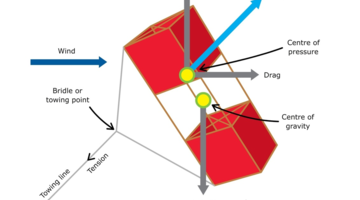
In this activity, students will learn about some kite history and how kites fly before making and flying a kite themselves. By the end of this activity, students should be able to: use some kite ...
READ MORE

In this activity, students explore how flight has developed over time with discussion about trends and future possibilities. By the end of this activity, students should be able to: explain in a ...
READ MORE

In this activity, students discuss what things can fly and how this happens. They work towards identifying some key characteristics of flight. By the end of this activity, students should be able ...
READ MORE
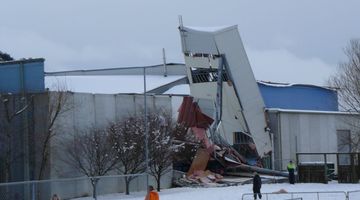
Large snow events in most parts of New Zealand are uncommon. However, if you are in the South Island or the central North Island, this citizen science project could be a great one for your ...
READ MORE

Are you looking for ways to teach forces? If you’re new to the Science Learning Hub, you may want to start with our introductory video on teaching physics. Help, I’m teaching physics Discover ...
READ MORE

In this recorded professional learning session, Greta Dromgool and Ted Cizadlo will build your confidence to teach about the Physical World. The New Zealand Curriculum achievement objectives for ...
READ MORE
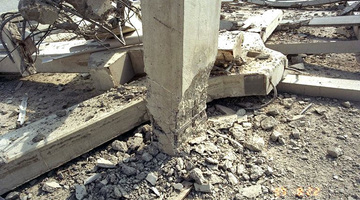
About 14,000 earthquakes are recorded in and around Aotearoa New Zealand every year. Canterbury’s 7.1 and Kaikōura's 7.8 magnitude earthquakes and subsequent aftershocks show the constant threat ...
READ MORE
Dr Allan McInnes and Dr Adrian McDonald, from the University of Canterbury, explain how gravity and projectile motion keep natural and artificial satellites in an orbital path.
READ MORE
The Rosetta Mission has been a long and complex mission to land a probe on a comet. What exactly is a comet and why land a probe on one? Avionics engineer Warwick Holmes explains how comets may ...
READ MORE
Using party ice, water and charcoal, Rosetta Mission engineer Warwick Holmes and University of Waikato’s John Little create a model of a comet in front of a live audience.
READ MORE
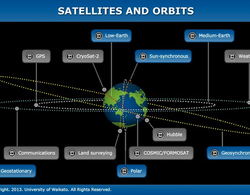
The size, orbit and design of a satellite depend on its purpose. In this interactive, scientists discuss the functions of various satellites and orbits. Accompanying fact files provide ...
READ MORE

Different wing sizes and shapes allow fliers to have specific flight capabilities. Match birds and aircraft with similar capabilities.
READ MORE

This slideshow from the webinar Physics made simple – force and motion provides additional support for the video tutorial. Use the Slideshow menu for further options, including view full screen ...
READ MORE